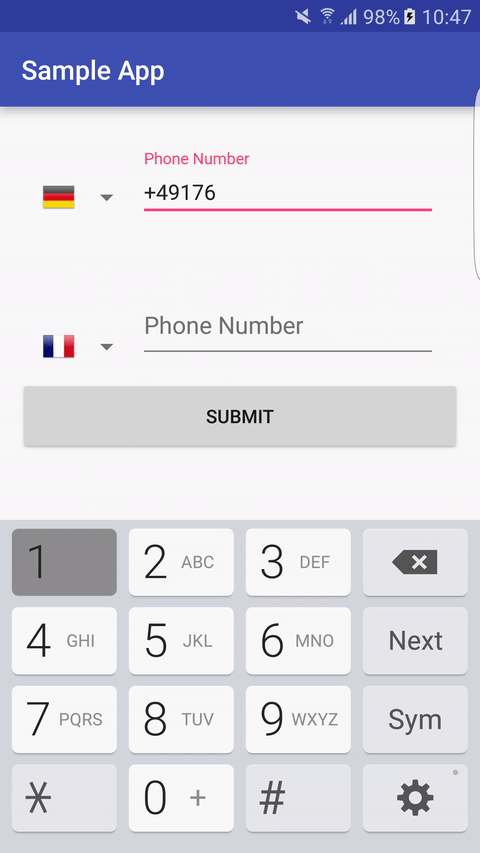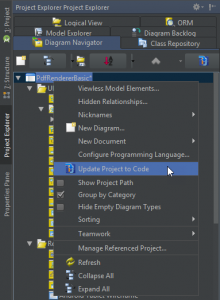


So when I was asked what my first blog post would be, I was ready.Īnnotations are a class of metadata that can be associated with classes, methods, fields, and even other annotations. Since annotation processing is purely Java, all the tutorials showed the processor in its own project, but I wanted my processor in the same project as my Android app so that a call to build the project would also trigger a build for the annotation processor after all I needed this to be responsive to the tests I would create. I was able to find enough information to set up my own annotation processor, but there wasn’t a comprehensive walkthrough on how to set it up for Android. So I went to the web for tutorials, blog posts, and videos on annotation processing. When working on a testing library in my spare time, I thought that annotations would be useful to create a graph structure the same way that Dagger does for object dependency, but I was only experienced with writing annotations that were referenced at run-time.


 0 kommentar(er)
0 kommentar(er)
